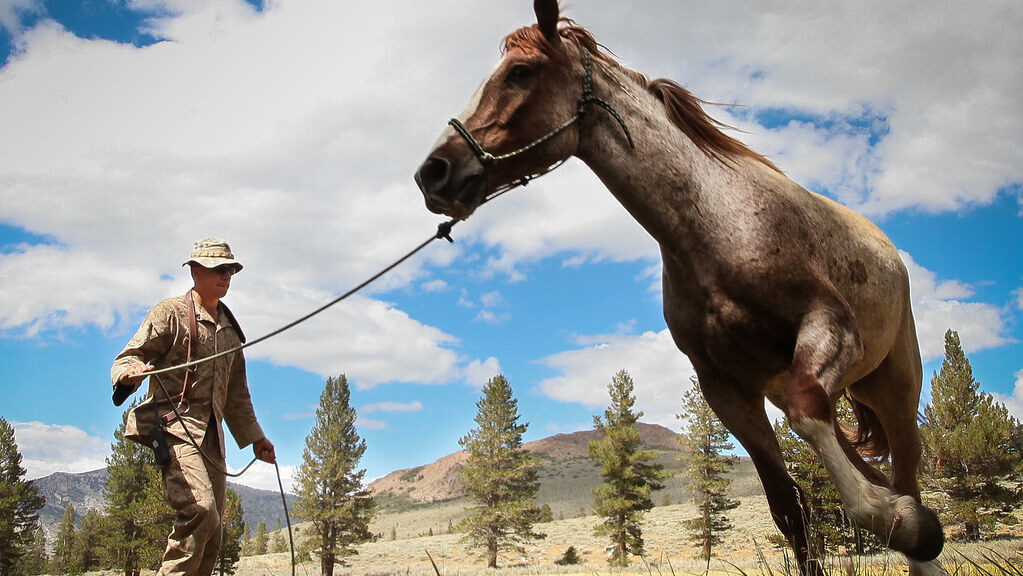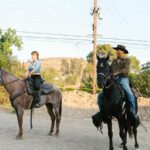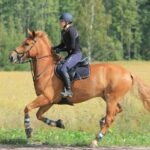Horses are naturally flight animals with instincts that tell them to run when startled. On a busy ranch, where unexpected movements, sounds, and activities are commonplace, a horse that spooks easily can be both dangerous and inefficient for work. Training your horse to remain calm amidst sudden movements isn’t just about convenience—it’s a critical safety measure for both the animal and the humans working alongside them. A well-desensitized horse becomes a reliable partner in ranch work, from herding cattle to navigating varied terrain with confidence. This comprehensive guide will walk you through effective, humane methods to help your equine companion develop the steady temperament needed for ranch life.
Understanding Your Horse’s Natural Instincts
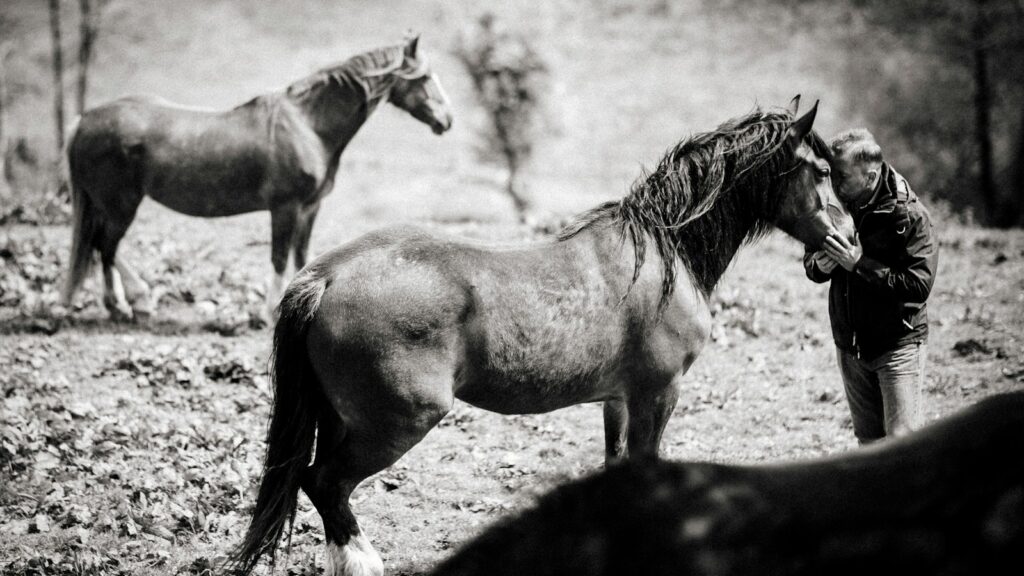
Horses are prey animals that have evolved to be hypervigilant of their surroundings, with sudden movements often triggering their flight response. This instinctual behavior served them well in the wild, where quick reactions to potential predators meant survival. On a ranch, however, this same instinct can create challenges when horses encounter flapping tarps, running animals, or quick-moving equipment. Understanding that your horse isn’t being deliberately difficult—but rather responding to deep-seated evolutionary programming—is the first step toward compassionate training. When you recognize these responses as normal rather than problematic behaviors, you can approach training with greater patience and appropriate expectations for gradual improvement.
Creating a Foundation of Trust
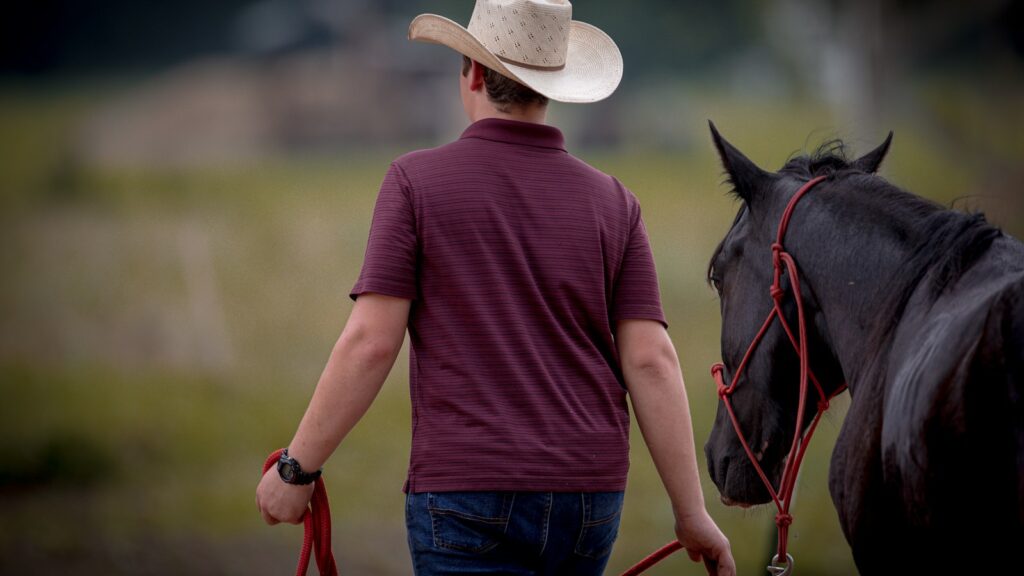
Before tackling specific desensitization exercises, establishing a solid foundation of trust between you and your horse is essential. Spend quality time with your horse daily through groundwork, grooming sessions, and positive interactions that don’t involve demanding work. Pay attention to your horse’s body language and respect their boundaries, gradually expanding their comfort zone rather than forcing situations that create fear. A horse that trusts you will look to you for reassurance when uncertain situations arise, making the desensitization process significantly more effective. Remember that trust-building isn’t a one-time task but an ongoing relationship that strengthens with consistent, fair handling and clear communication.
Starting with Basic Groundwork
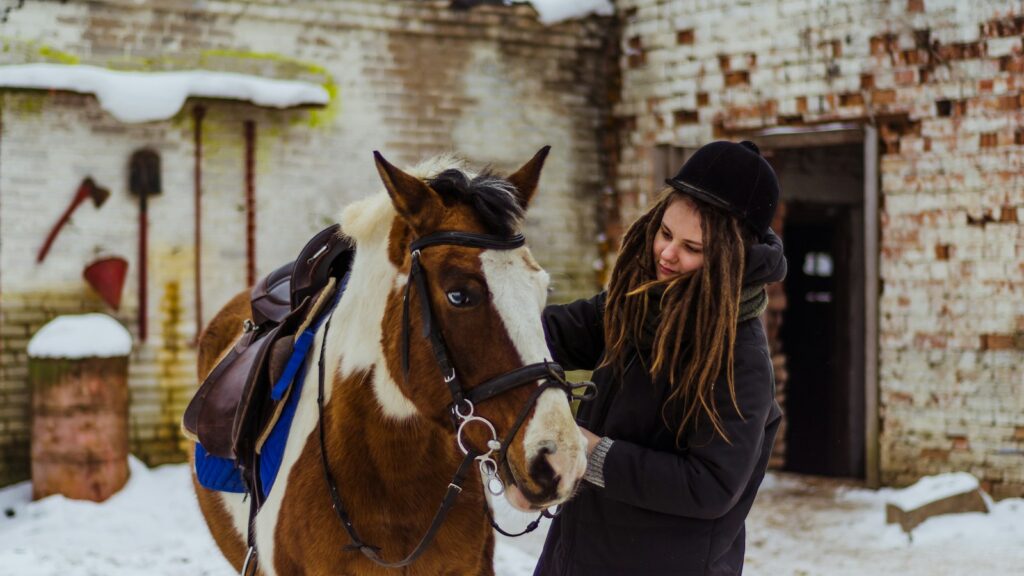
Effective desensitization begins with solid groundwork that establishes respect, attention, and responsiveness. Work on exercises that teach your horse to yield to pressure, move their hindquarters and shoulders on command, and maintain focus on you despite distractions. These foundational skills give you the communication tools needed when introducing potentially frightening stimuli later. Practice these exercises in a controlled environment initially, then gradually move to more distracting settings as your horse’s confidence increases. Well-executed groundwork also reinforces your role as the leader, helping your horse look to you for guidance when uncertain situations arise on the ranch.
Introducing the Approach and Retreat Method
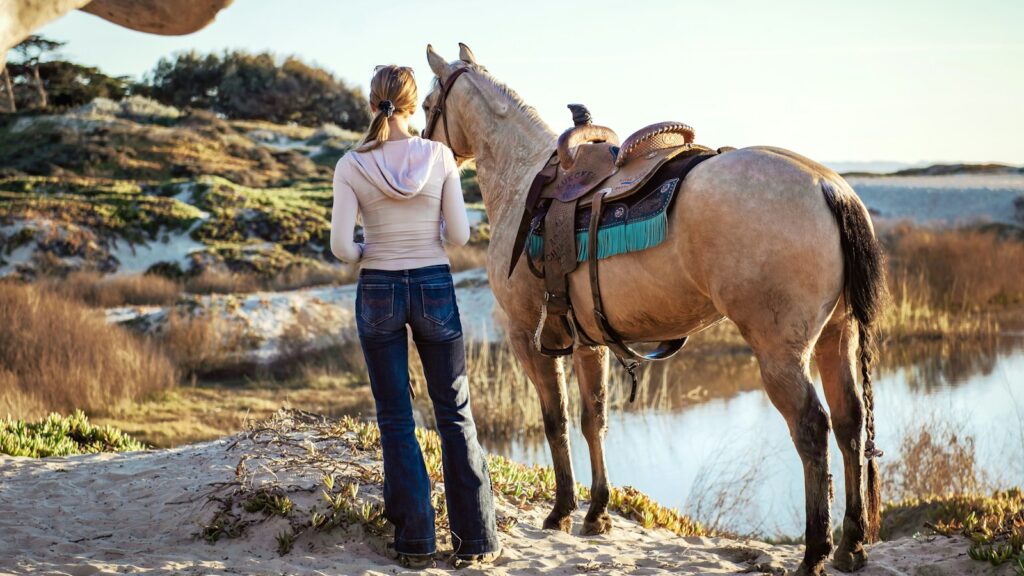
The approach and retreat method is a cornerstone of effective desensitization training for horses. This technique involves briefly exposing your horse to a mildly challenging stimulus (approach), then removing it (retreat) before the horse becomes overly stressed or reactive. Begin with the stimulus at a distance where your horse notices it but remains relatively calm. As their comfort increases, gradually decrease this distance over multiple training sessions. The power of this method lies in its respect for the horse’s threshold—you’re teaching them that the “scary” thing comes but also goes away, giving them time to process that it wasn’t actually harmful. This creates a positive learning cycle rather than forcing confrontations that could reinforce fear responses.
Utilizing Progressive Desensitization
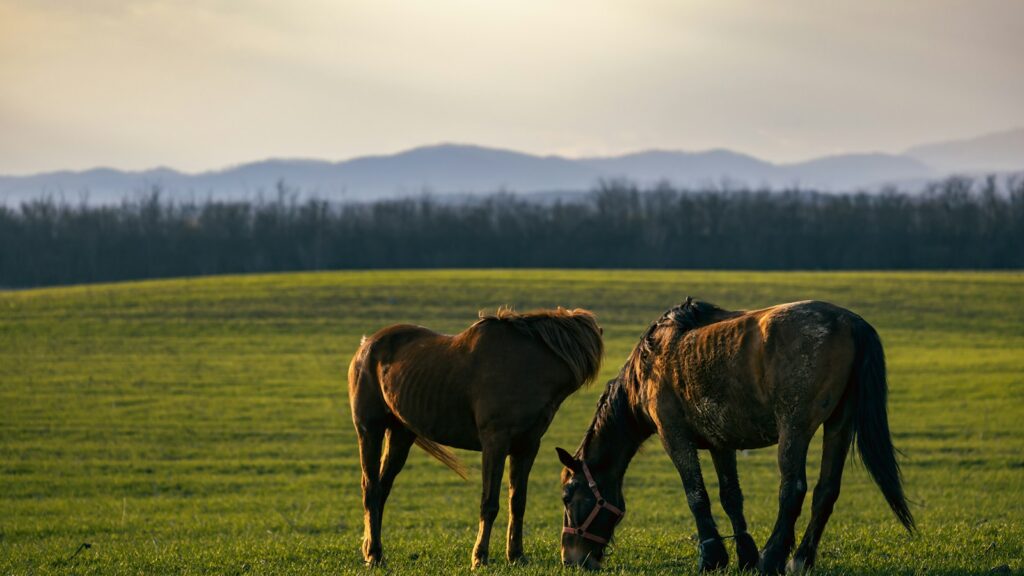
Progressive desensitization involves gradually increasing the intensity of stimuli in small, manageable increments that don’t overwhelm your horse. Begin with mild versions of potentially startling experiences—perhaps a small flag waving gently before progressing to larger flags or more vigorous movements. Keep sessions short and positive, ending on a good note while your horse is still coping well rather than pushing until they become stressed. Consistency is crucial in this approach; regular short sessions are more effective than occasional lengthy ones. Throughout the process, be mindful of your horse’s individual temperament and adjust the progression speed accordingly, as some horses naturally handle new experiences better than others.
Incorporating Ranch-Specific Scenarios
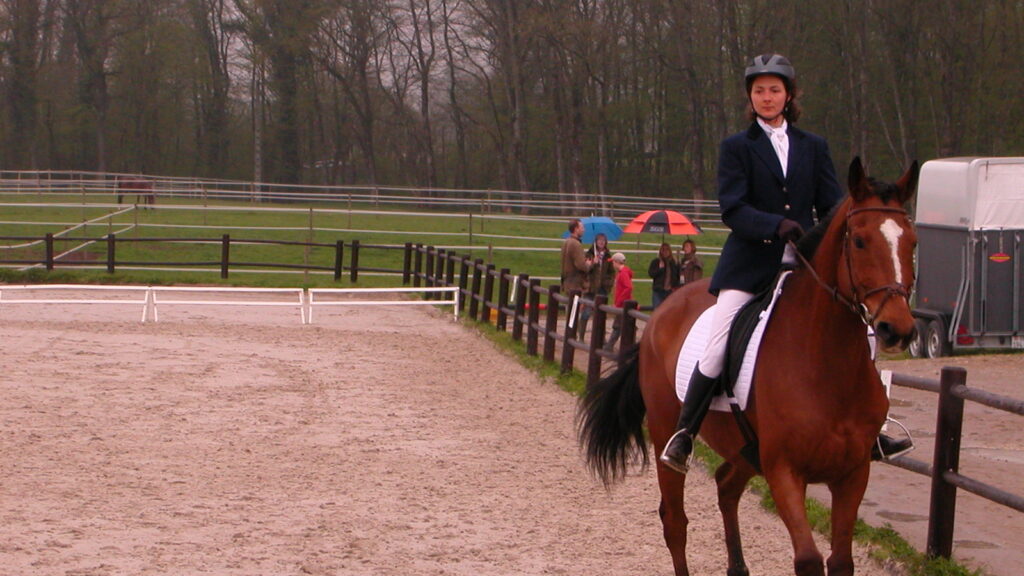
To prepare your horse effectively for ranch work, your training should incorporate scenarios they’ll actually encounter during daily operations. Practice around common ranch elements like gates that swing, machinery that moves, and livestock that runs unexpectedly. Create controlled versions of typical ranch activities, such as having someone drag a tarp nearby while you work with your horse, or arranging for a colleague to ride past at varying speeds. Gradually integrate your desensitization work into actual ranch tasks, beginning with quieter days and less demanding jobs. This contextual learning helps your horse transfer their calm behavior from training exercises to real-world ranch situations.
Working with Tarps, Bags, and Flapping Objects
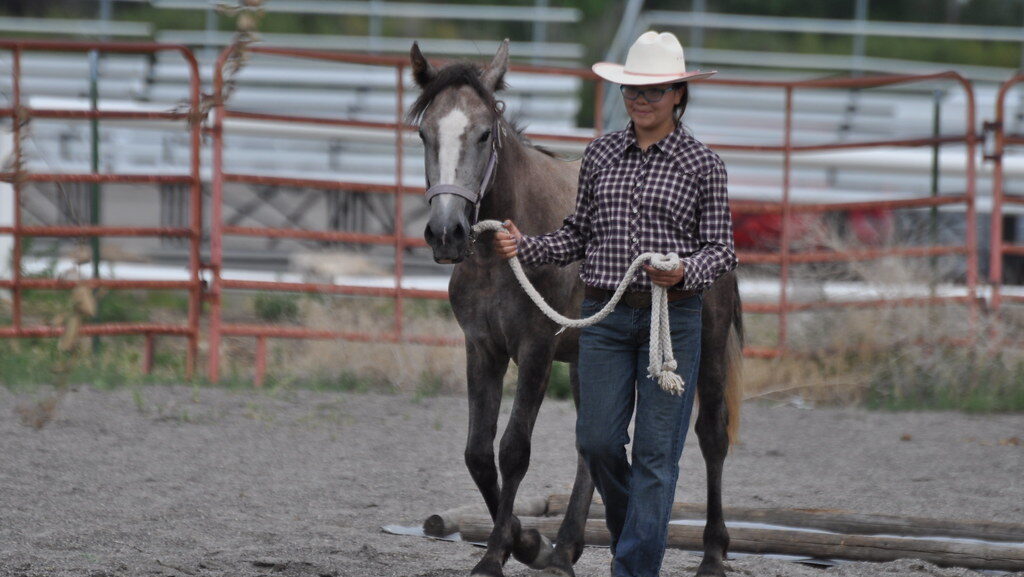
Objects that move unpredictably in the wind are common fear triggers for horses on ranches. Begin desensitization by laying a tarp flat on the ground away from your horse, then gradually introduce movement by gently lifting corners. Once comfortable with this, progress to dragging the tarp, walking over it, and eventually allowing it to make noise in the wind while your horse stands nearby. Similar protocols can be used with feed bags, plastic sheeting, or flags. Throughout these exercises, maintain calm, confident body language that communicates these objects aren’t threats. When your horse shows curiosity rather than fear, offer praise and perhaps a treat to reinforce this positive response to formerly frightening stimuli.
Addressing Sound Sensitivity
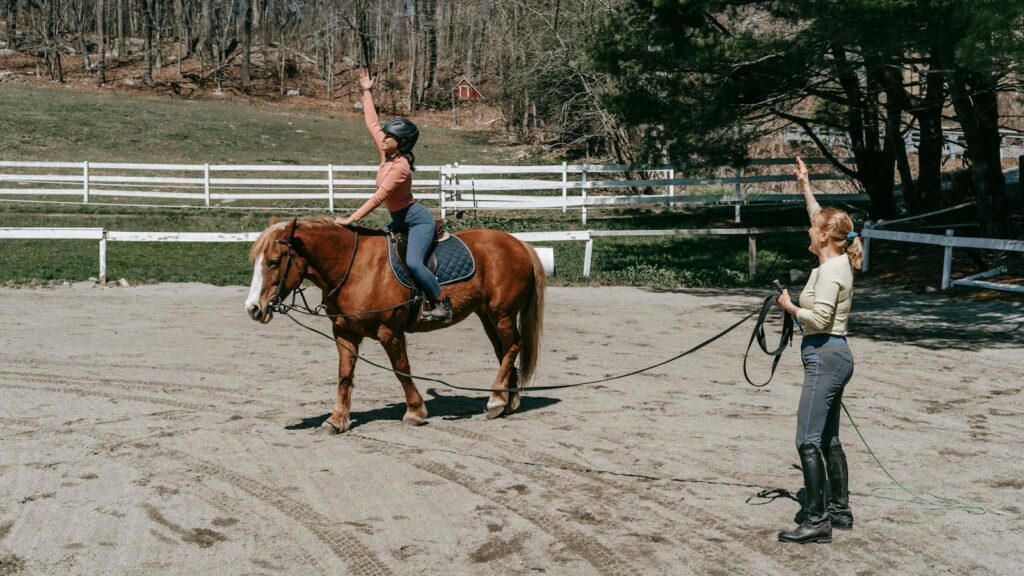
Sudden noises can startle even well-trained ranch horses, so sound desensitization should be part of your training regimen. Begin by introducing low-volume versions of common ranch sounds—rattling chains, banging metal, vehicle engines, or even recordings of these sounds played through a speaker. Gradually increase the volume as your horse shows comfort with each level. Combine sound exposure with pleasant experiences, such as feeding treats or grooming, to create positive associations. Remember that sounds coming from different directions can be particularly challenging for horses, so vary the position of sound sources during training. Eventually, incorporate these sounds while riding, teaching your horse to maintain focus on your cues even when unexpected noises occur.
Building Confidence Through Obstacle Courses
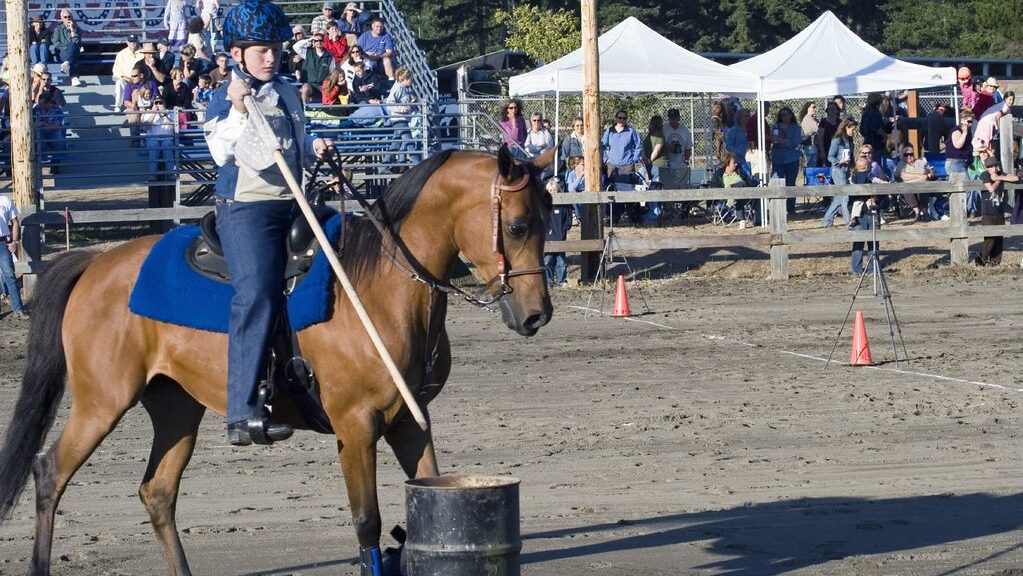
Creating obstacle courses that mimic ranch challenges provides excellent opportunities to build your horse’s confidence with varied stimuli. Set up a course that might include walking over different ground surfaces, navigating between flapping flags, passing rumbling equipment at various distances, and moving around unpredictable objects. Start by leading your horse through these obstacles, then progress to riding through them once ground handling is solid. Maintain a progressive approach where the difficulty increases gradually with each successful navigation. These courses not only desensitize your horse to specific stimuli but also teach them to approach novel situations with curiosity rather than fear—a valuable mindset for ranch work.
Training for Livestock Interactions

Working around unpredictable livestock is perhaps one of the most challenging aspects of ranch horsemanship. Begin by allowing your horse to observe cattle or other livestock from a comfortable distance, gradually decreasing this distance as their comfort increases. Progress to walking your horse around calm livestock before introducing more active animals. Work on maintaining your horse’s focus on you even when animals nearby make sudden movements. Practice specific scenarios they’ll encounter, such as cattle running past unexpectedly or animals approaching quickly. Throughout this training, ensure your horse has positive experiences that build their confidence around livestock rather than reinforcing anxiety.
Utilizing Group Training Sessions
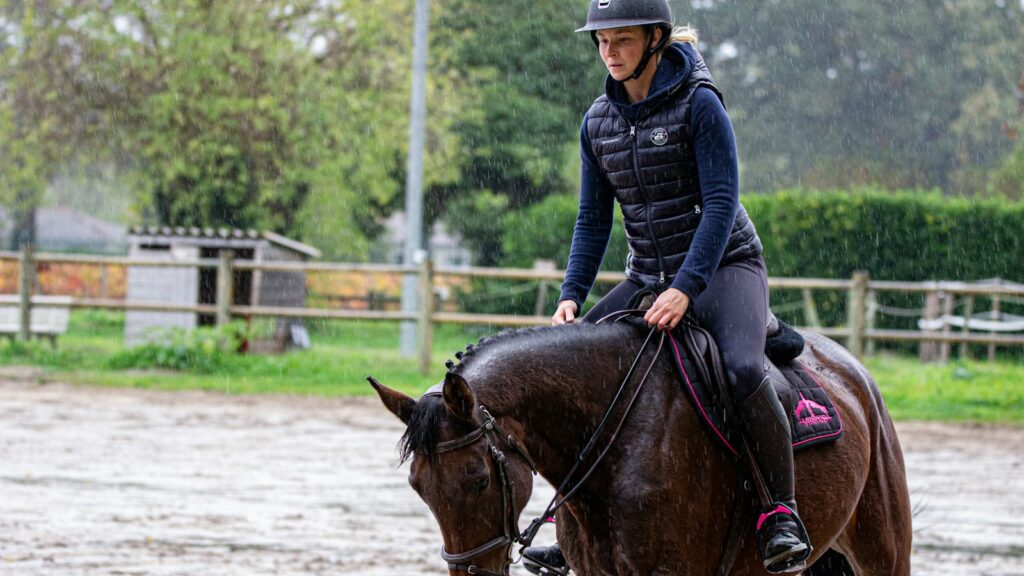
Group training provides invaluable opportunities for horses to learn from each other and experience varied movement scenarios. Arrange for calm, experienced horses to join training sessions with more reactive animals, as nervous horses often take confidence cues from their steadier counterparts. Create controlled situations where horses move past each other at different gaits, stop suddenly, or change direction—all common movements in ranch settings. Group sessions also allow for realistic practice of ranch scenarios involving multiple horses and riders working together. The social nature of horses makes peer learning particularly effective, often accelerating progress compared to individual training sessions alone.
Maintaining Calm Through Your Own Behavior
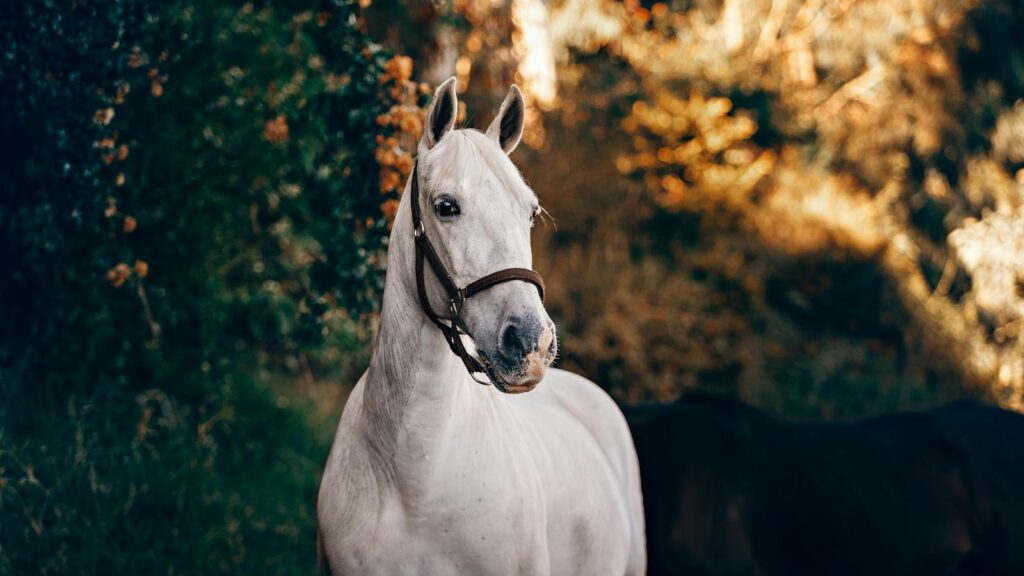
Your own behavior and reactions significantly influence your horse’s response to startling situations. Horses are remarkably perceptive to human emotions and physical tension, often mirroring our states of mind during challenging situations. Practice maintaining steady breathing, relaxed posture, and confident handling even when unexpected events occur during training. Avoid the temptation to tighten reins, grip with your legs, or hold your breath when something startles your horse, as these reactions can unintentionally communicate danger. Instead, develop your own mindfulness practices that allow you to remain centered and calm under pressure. When your horse looks to you for guidance during uncertain moments, your composed demeanor becomes their reassurance that there’s no cause for alarm.
Troubleshooting Common Challenges
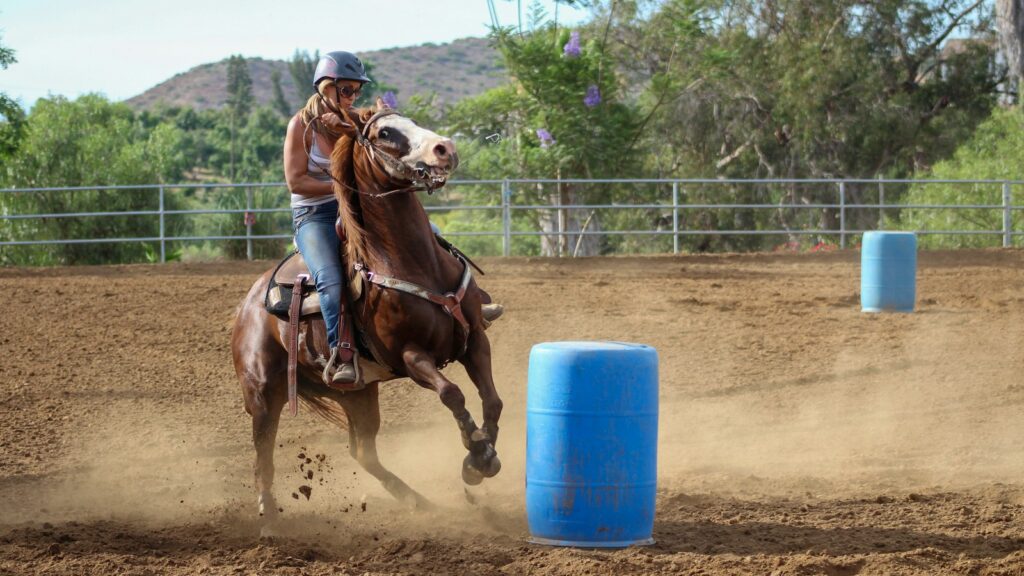
Even with methodical training, setbacks are normal when desensitizing horses to sudden movements. If your horse experiences a significant fear response during training, immediately reduce the intensity of the stimulus and return to a level where they can remain calm. Avoid punishing fearful reactions, as this can create negative associations that further entrench anxiety. For horses with deep-seated fears or those that have experienced trauma, consider consulting with an equine behaviorist who can provide specialized guidance. Pay attention to subtle signs of stress before they escalate to full-blown reactions—pinned ears, tense muscles, raised head, or distracted attention often precede more dramatic responses and provide opportunities for preemptive intervention.
Integrating Skills Into Daily Ranch Work
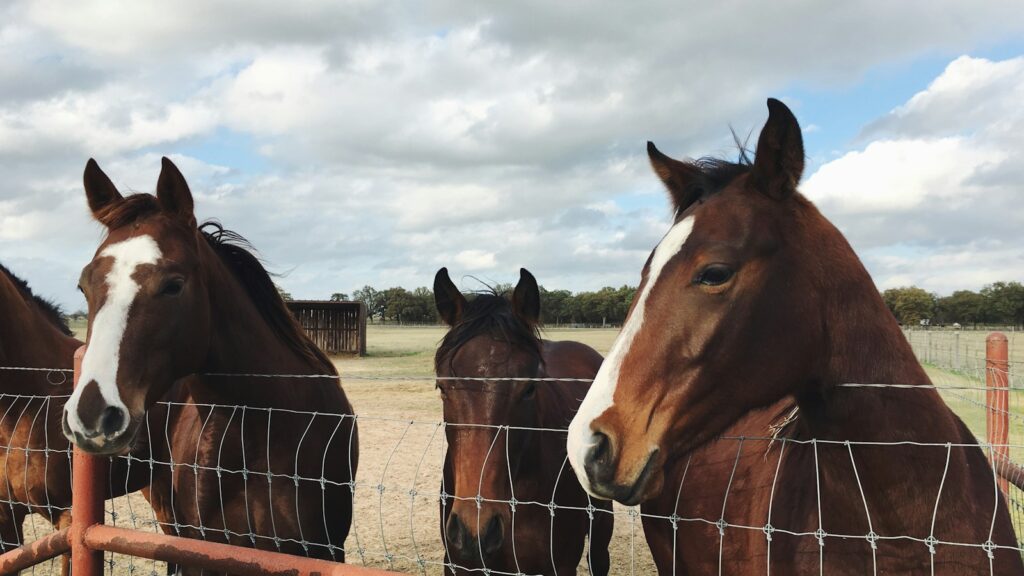
The ultimate goal of desensitization training is a horse that remains functional and focused during actual ranch work, regardless of distractions or sudden movements. Gradually transition from formal training sessions to incorporating these skills during light ranch duties, then progressively more challenging scenarios. Celebrate small victories, like your horse maintaining composure when a vehicle drives past unexpectedly or when wildlife darts across your path. Continue reinforcing good behavior with praise, even after your horse seems fully desensitized. Remember that maintenance training is essential—exposure to varied stimuli should become part of your regular routine rather than something that ends once basic desensitization is achieved.
Training Calmness in Ranch Horses
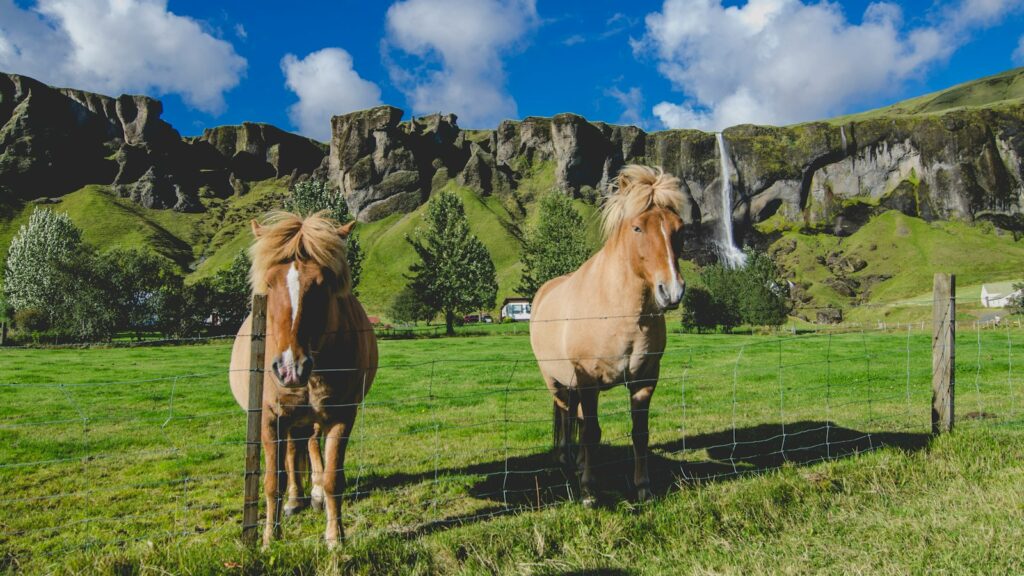
Training a horse to remain calm amid the unpredictable environment of a ranch requires patience, consistency, and a deep understanding of equine psychology. By respecting your horse’s natural instincts while progressively expanding their comfort zone, you’ll develop a trustworthy partner capable of handling the diverse challenges of ranch work. Remember that this training isn’t about suppressing your horse’s instincts but rather teaching them that unusual movements and situations aren’t threats—and that looking to you for guidance yields better outcomes than reactive behavior. A well-desensitized ranch horse isn’t just easier to work with; they’re safer, more confident, and ultimately happier in their working environment.

